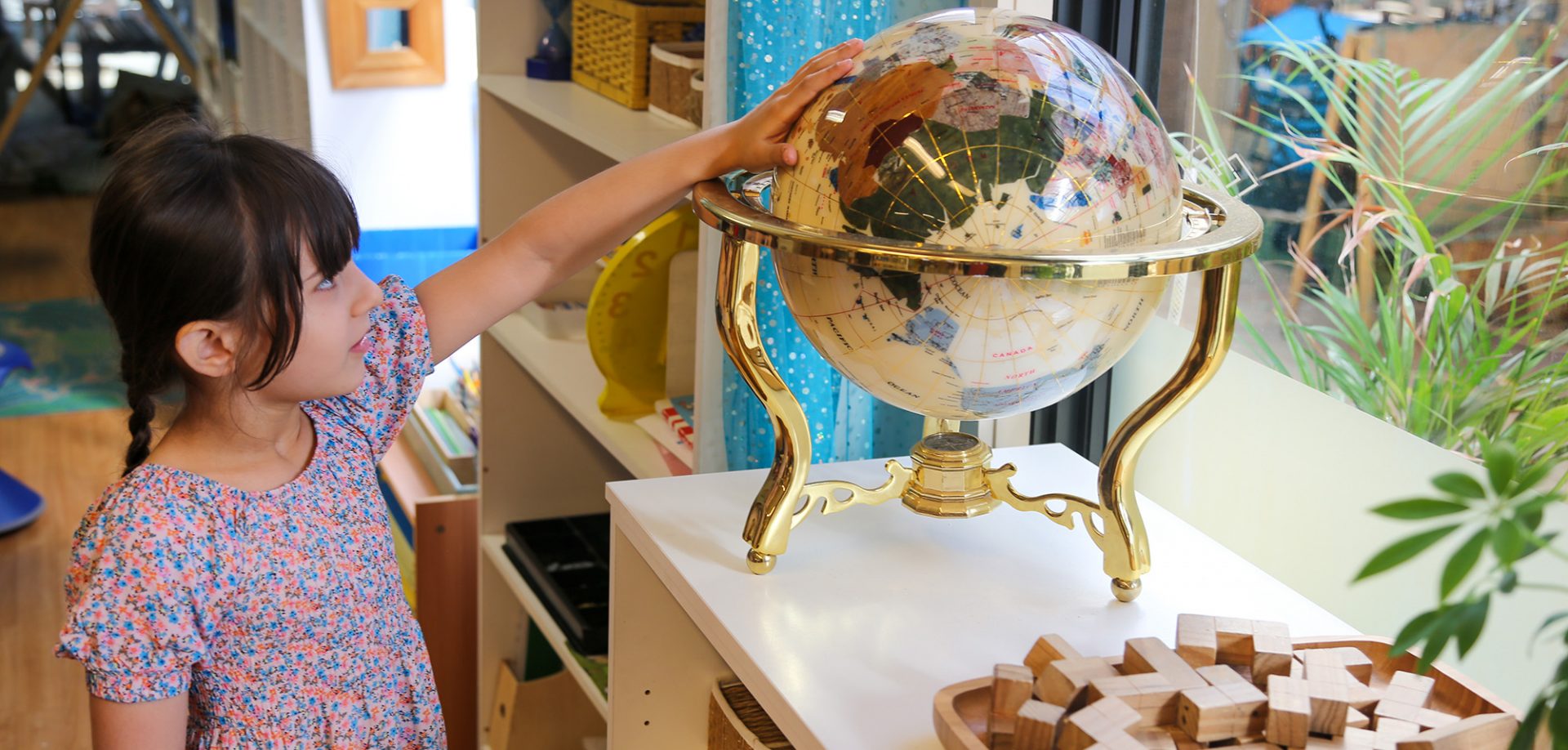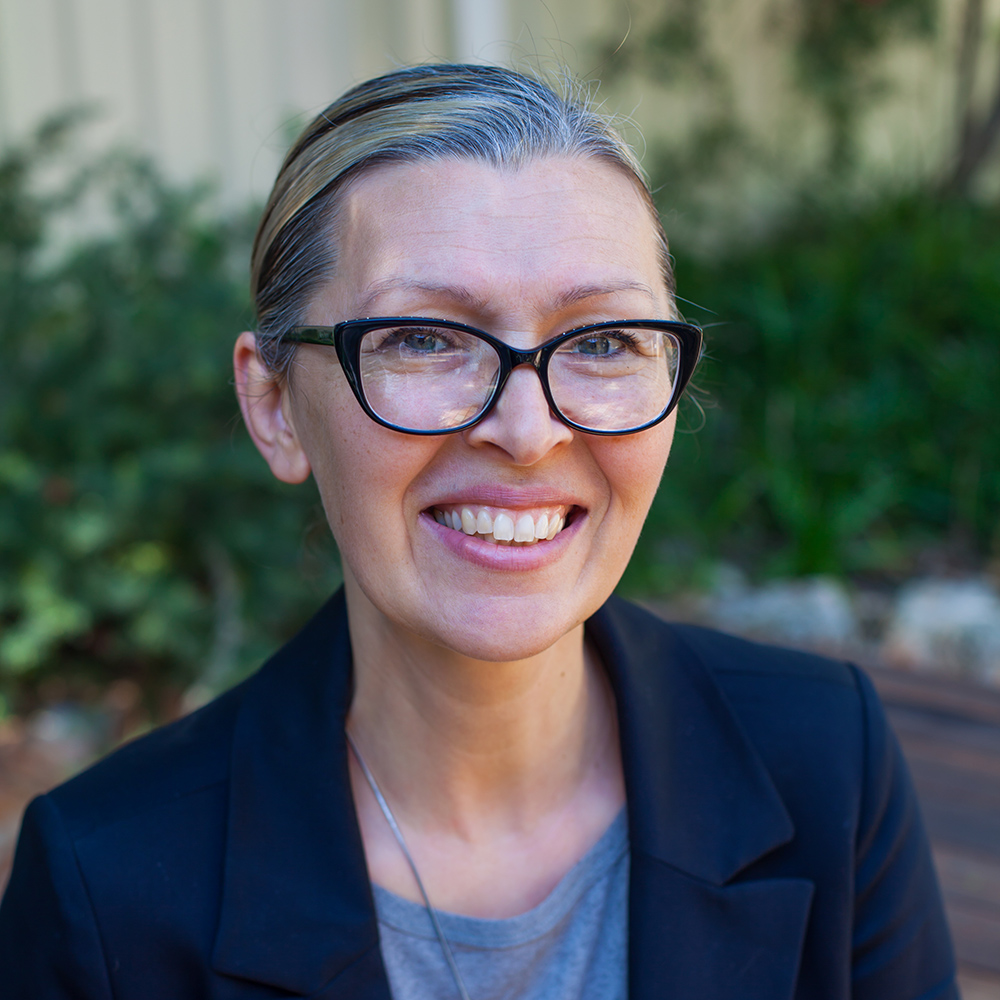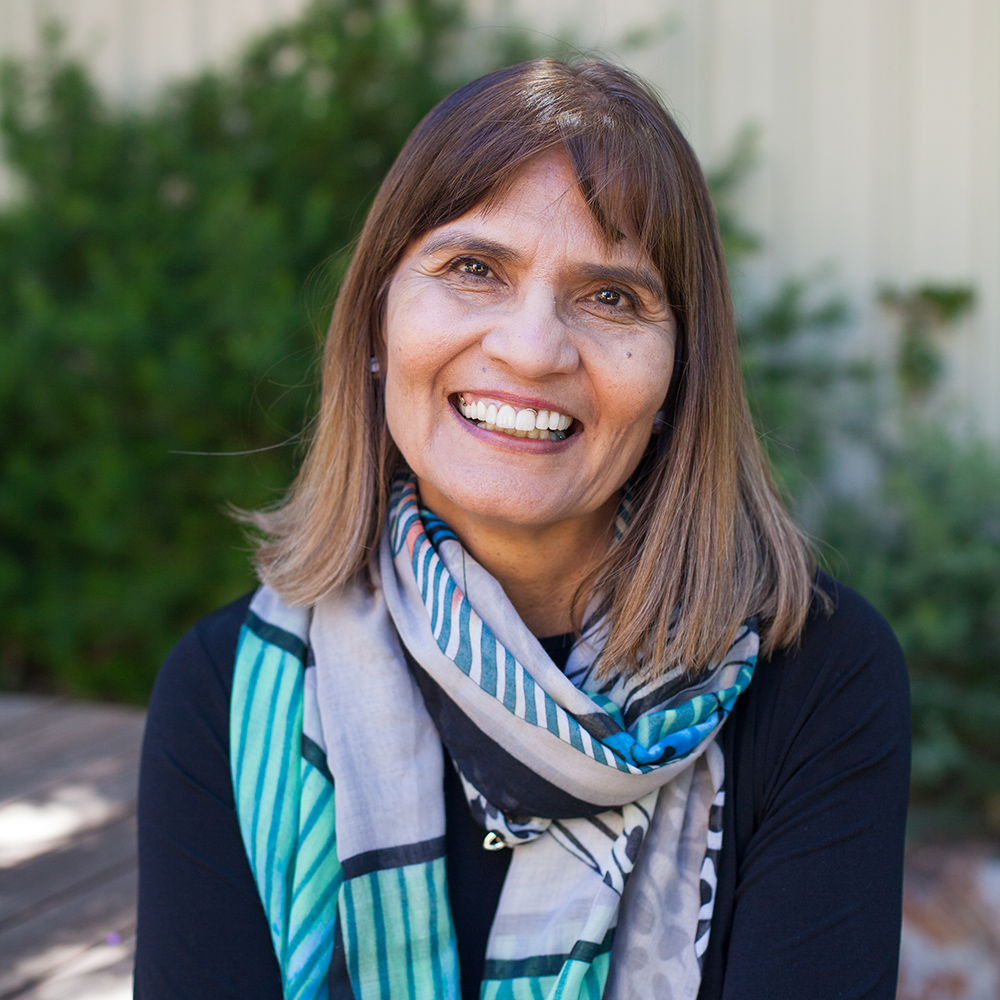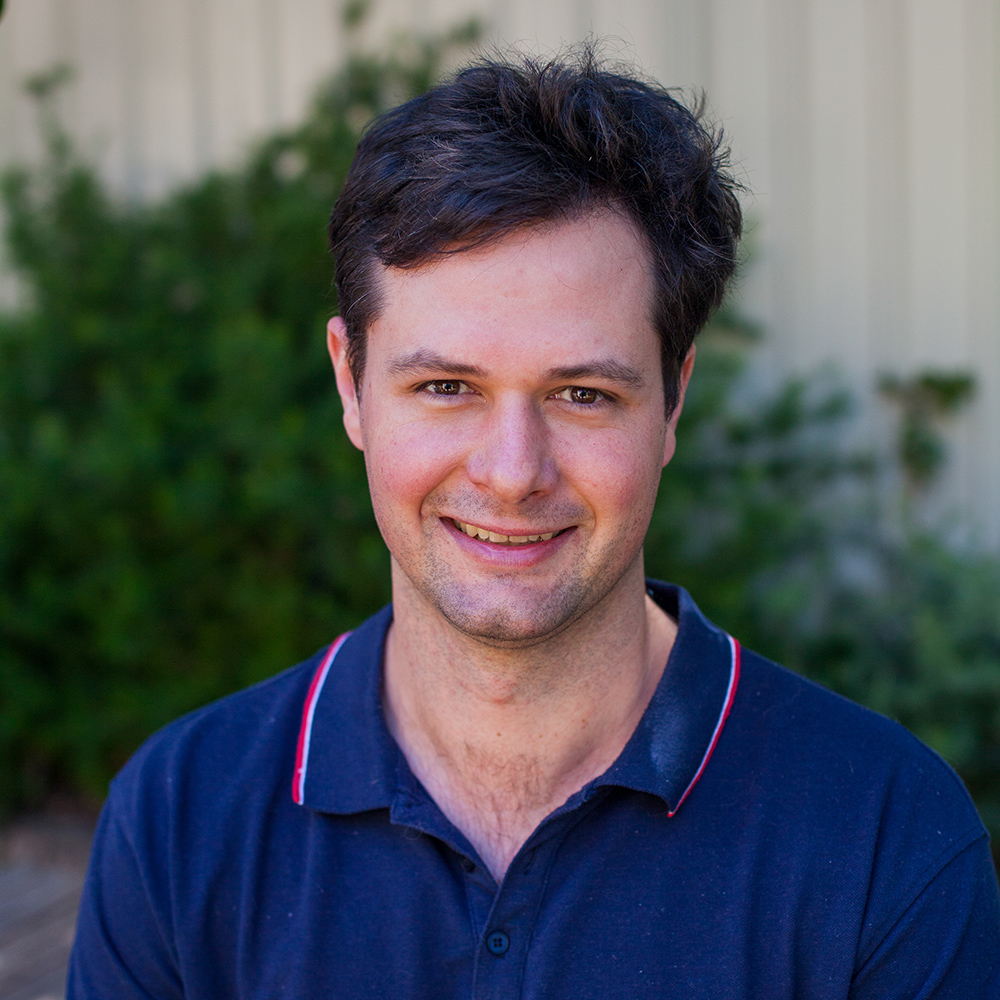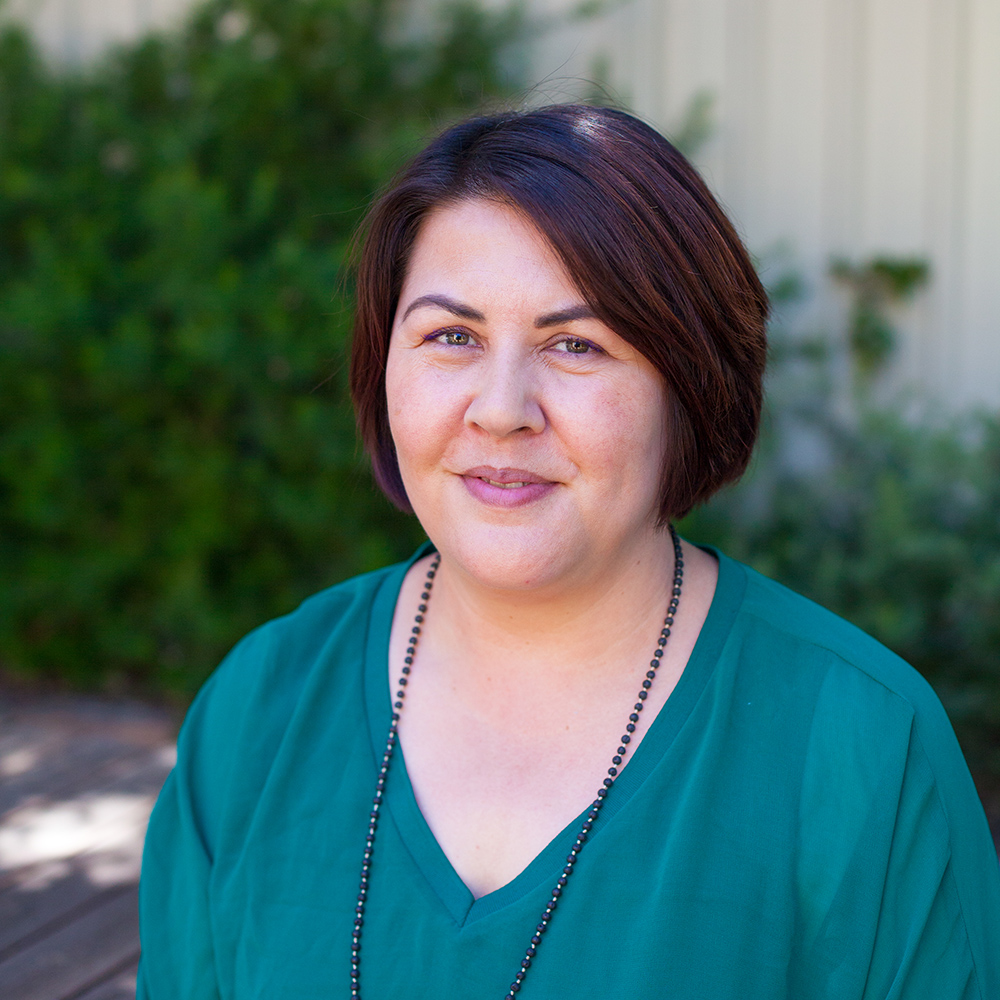“The child seeks independence by means of work; an independence of body and mind.” – Maria Montessori
The primary years are a great period of expansion, consolidation, and intellectual growth. Having acquired a sound grasp of the basics in Children’s House through sensorial exploration, the children shift from concrete learning and understanding to more abstract concepts; they are now able to visualise and think through mental processes. They demonstrate interest in deepening their understanding of the world around them, and their place in it.
Children continue to take responsibility for their own learning in their Primary years, and are involved in making choices and decisions, setting goals, and monitoring their learning with the guidance of the teacher in active, collaborative learning environments. The Montessori tenet of ‘freedom within limits’ is an idea that underpins the class pedagogy.
The multi-age classroom is fundamental to the Montessori method and at Chrysalis, children stay with the same teacher for two to three years. Montessori saw mixed aged classes as being essential to building a community that benefitted all children. The younger children are constantly being stimulated by the interesting work of the older children, and at the same time, the older children serve as the tutors and role models of the younger children. This helps them in their own mastery of concepts, as well as helps them develop deep and positive relationships with their peers and teachers, as they work in the same class.
The Primary Years comprise of two cycles:
Cycle 2: Ages 6 to 9 years
At Chrysalis, there are two Cycle 2 classrooms: MARIPOSA takes its name from the Spanish word for butterfly. PAPILLON takes its name from the French word for butterfly.
Cycle 3: Ages 9 to 12 years
At Chrysalis, there are two Cycle 3 classrooms: SPITFIRES takes its name from the many varieties of caterpillars known as spitfires. Different species of these caterpillars will eventually transform into mini butterflies, moths, and wasps. SWORDTAILS is named after the swordtail family of butterflies. There are more than 100 species of swordtail butterflies spread throughout Eurasia, Africa, and Oceania.
Primary Years Curriculum
The Australian Montessori Curriculum has been approved at a national level by the Australian Curriculum, Assessment and Reporting Authority (ACARA) and at a state level by the School Curriculum and Standards Authority (SCSA). This curriculum has been mapped to both the Western Australian curriculum and the Australian national curriculum, to ensure that all required outcomes are achieved.
At Chrysalis, we pride ourselves on keeping up to date with current research in education by carefully implementing evidence-based programs based on the Montessori pedagogy, to enrich and expand students’ learning experiences, and to prepare them for future learning. Teaching practices and learning programs are continually assessed and modified to ensure they remain relevant and contribute to increased growth in targeted learning outcomes.
To accomodate the needs of individual learners, teaching staff endeavour to provide learning opportunities to meet the interests and abilities of all the children – this creates a highly enriched learning environment.
